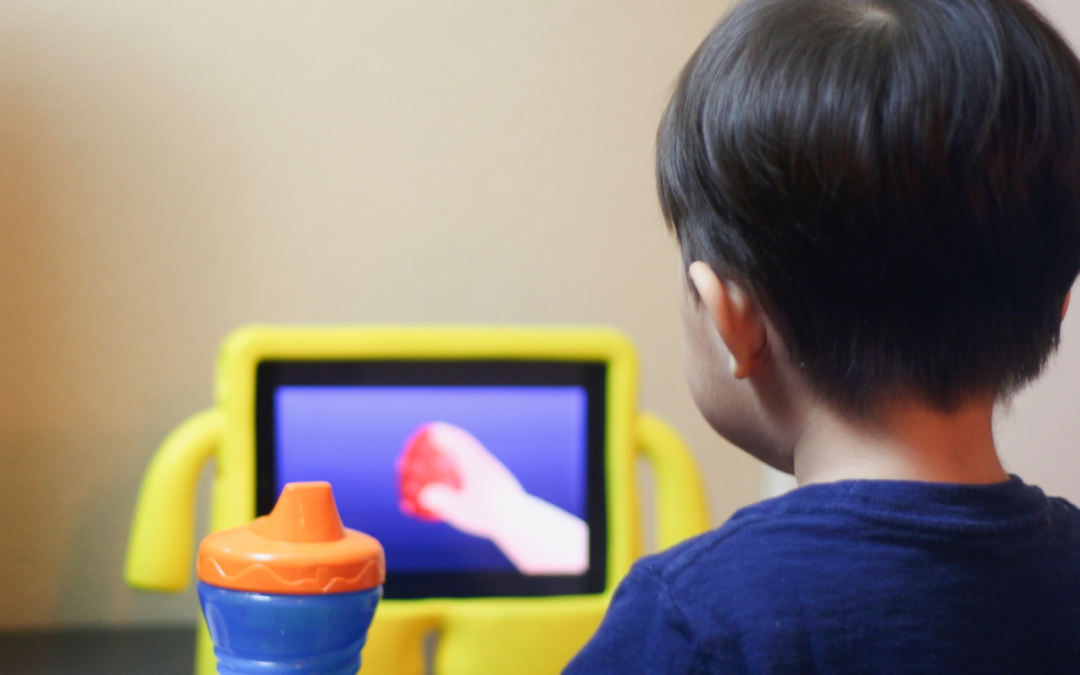In today’s realm of early childhood development, technology holds a pivotal role in shaping children’s experiences and learning opportunities. However, managing screen time poses a challenge for caregivers and educators alike. Balancing tech use with meaningful playtime becomes paramount in nurturing holistic growth and cognitive development. Let’s explore strategies tailored to different age groups, unraveling the delicate equilibrium between screen time and play for optimal child development.
Understanding the Impact of Screen Time on Child Development
Technology offers educational and entertainment benefits but can affect children’s cognitive, social, and physical development. Excessive screen time may hinder social skills, creativity, and physical activity, emphasizing the need for a balanced approach.
Managing Screen Time Across Developmental Stages
Early Years (Ages 0-2)
For infants and toddlers, limited screen exposure is recommended, focusing on nurturing physical and social interactions:
- Interactive Playtime: Activities like tummy time and sensory toys foster sensory and motor development.
- Facilitating Bonding Activities: Promoting emotional bonding through activities like reading books and singing songs without screens.
Toddlerhood (Ages 2-5)
As children become more curious, managing screen time involves introducing limited, high-quality educational content:
- Selecting Educational Apps or Programs: Opting for interactive apps or shows promoting learning and creativity while balancing passive screen time.
- Balancing Screen Time with Play: Encouraging outdoor activities and imaginative play alongside limited screen use.
Middle Childhood (Ages 6-11)
Managing screen time involves a balanced approach that includes educational and recreational screen use:
- Setting Clear Screen Time Limits: Establishing rules for daily screen use while ensuring time for hobbies, reading, and outdoor play.
- Engaging in Creative Screen Activities: Encouraging pursuits like digital art or educational games promoting critical thinking.
Adolescence (Ages 12+)
Teenagers benefit from a balanced approach acknowledging their tech needs while promoting healthy habits:
- Encouraging Media Literacy: Discussing online safety and responsible social media use fosters critical thinking.
- Establishing Tech-Free Zones: Creating spaces and times for unplugged activities and family bonding.
Strategies for Managing Screen Time and Play
- Setting Clear Guidelines: Consistent rules and clear communication foster routine and understanding of limits.
- Modeling Healthy Tech Habits: Demonstrating balanced tech use and engaging in non-screen activities sets a positive example.
- Encouraging Varied Activities: Promoting outdoor play, hobbies, reading, and imaginative play reduces reliance on screens.
- Quality Over Quantity: Prioritizing high-quality, interactive engagement on screens ensures meaningful screen time.
Case Studies Demonstrating Balanced Screen Time
Case 1: Emma’s Varied Activities (Age 7)
Introducing educational apps and engaging in outdoor activities helped Emma strike a tech and non-tech activity balance.
Case 2: Ethan’s Tech-Free Family Time (Age 14)
Establishing ‘tech-free’ nights promoted family bonding through activities like board games and outdoor fun.
Nurturing a Balanced Tech Environment for Child Development
Managing screen time significantly impacts a child’s cognitive, social, and emotional growth. By prioritizing quality screen use and diverse play experiences, caregivers and educators lay the foundation for a healthy relationship with technology, fostering a well-rounded environment for child development.
If you are a nanny and are interested in learning more about caring for children, check out the Nanny Institute’s Newborn and Infant Professional Certification Program.


Recent Comments